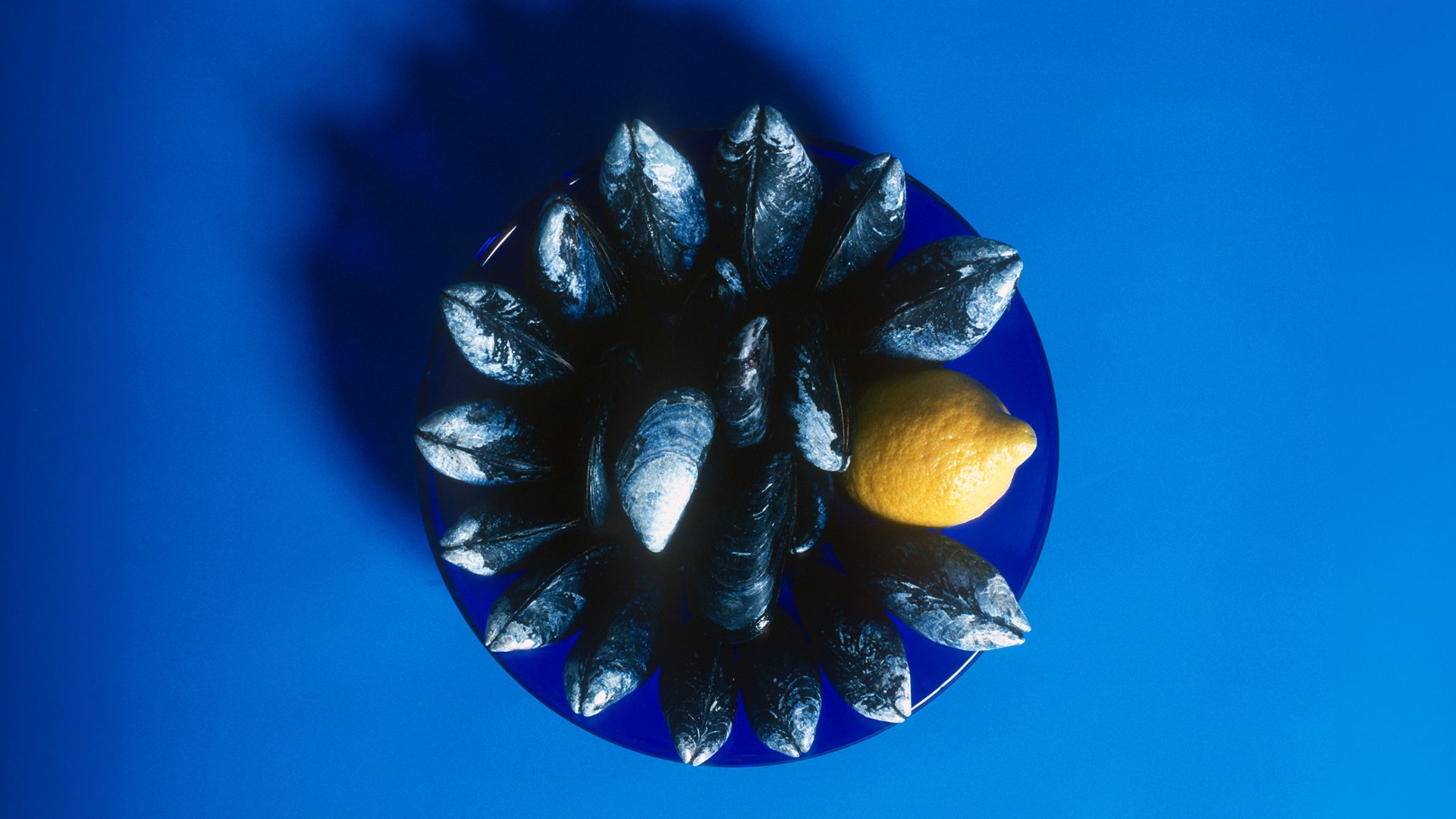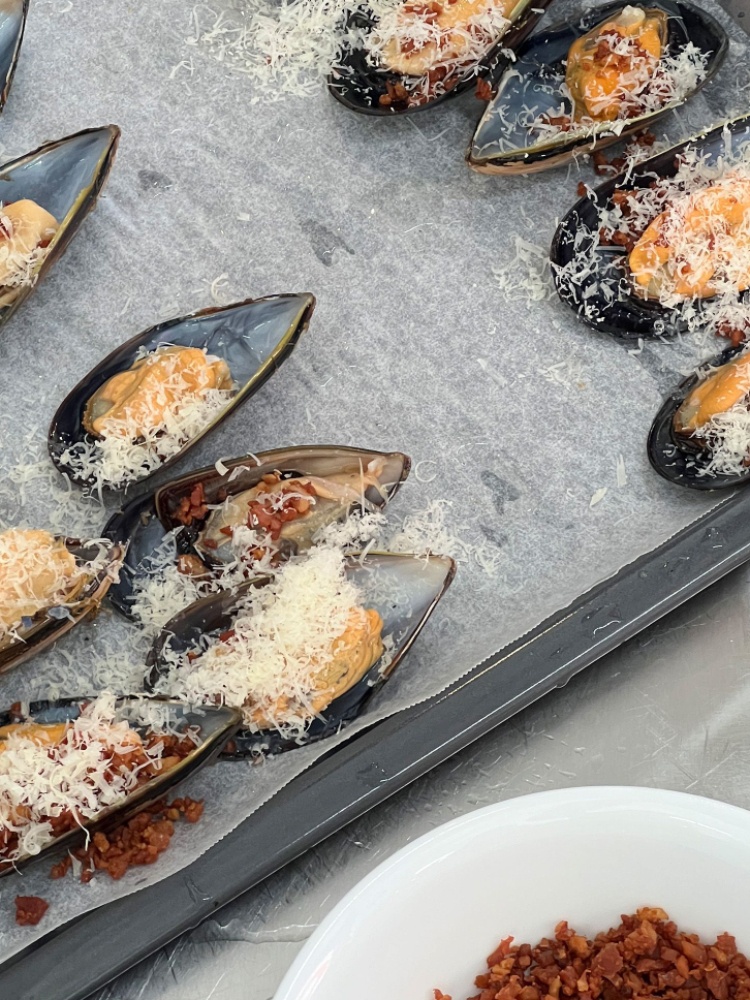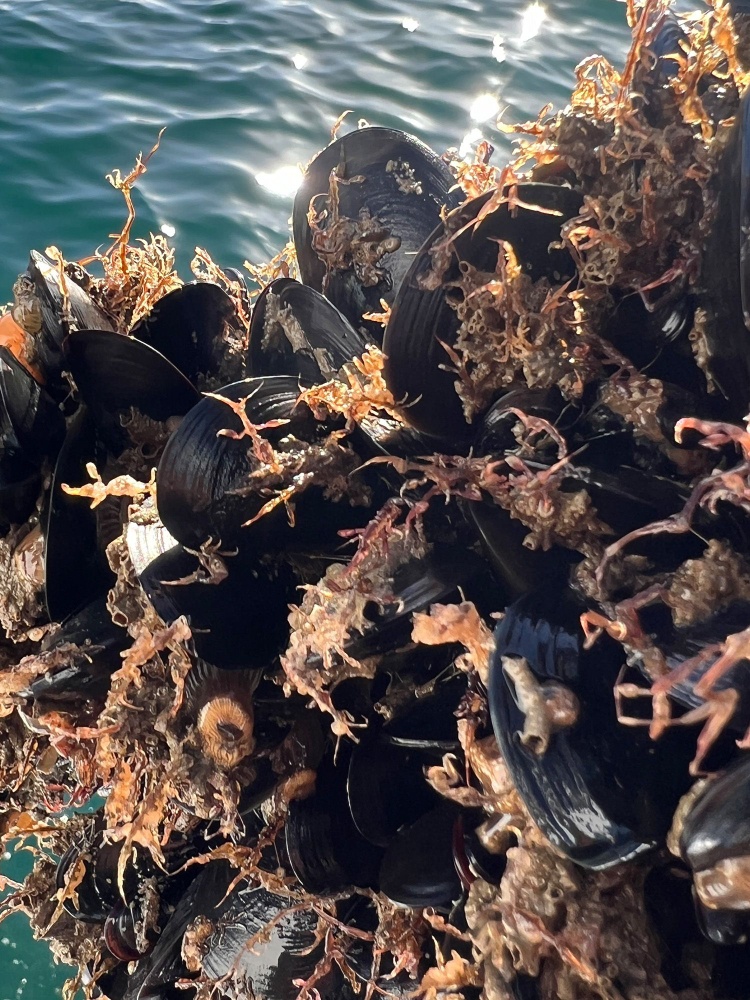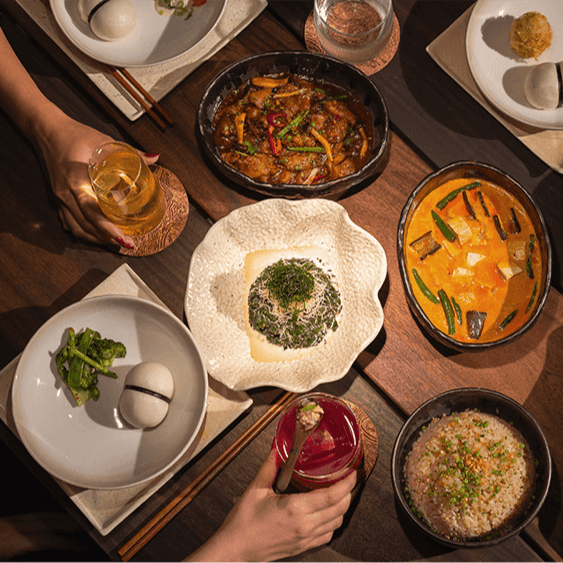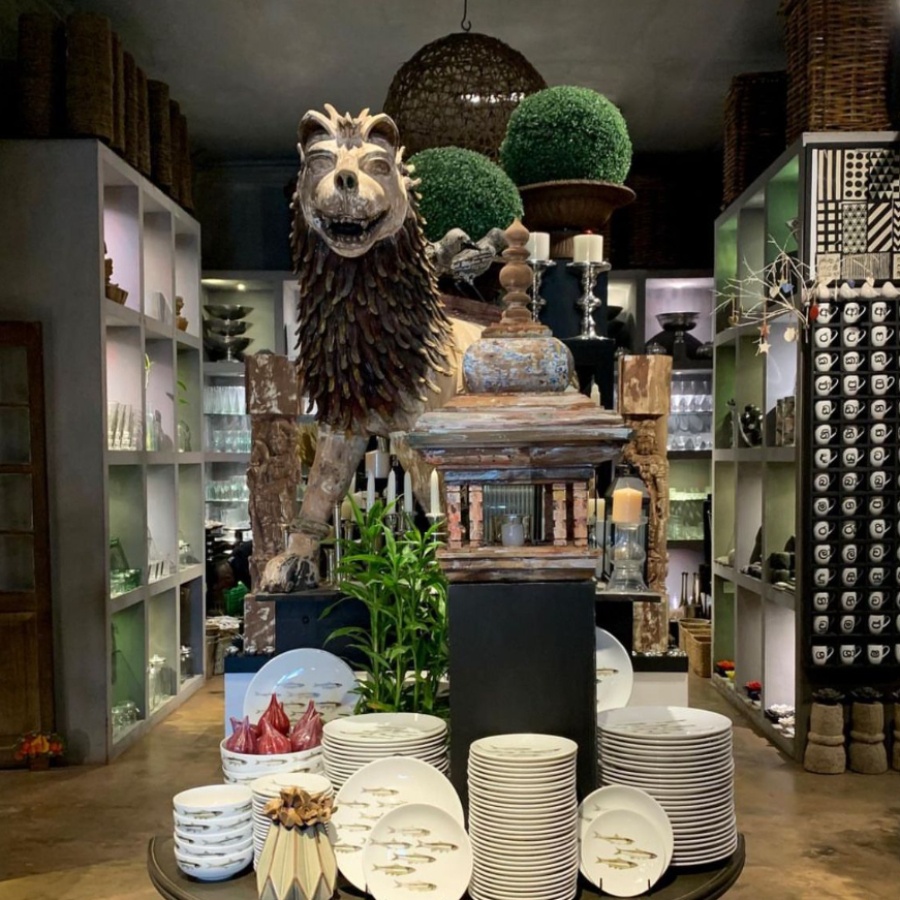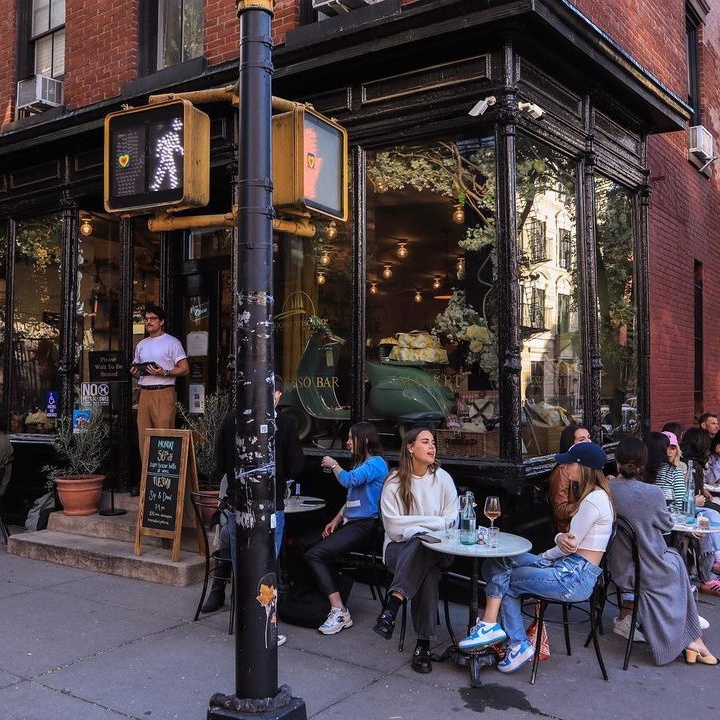We’ve been on the water for almost an hour. We had set out from Portarlington, a historic coastal township 90 min away from Melbourne, in a Huon pine boat called the Valerie, and we’ve come to a stop in the still waters of Port Philip Bay. Our hosts for the day are Lance Wiffen, founder of mussel harvesting company Sea Bounty, and marketing head Connie Trathen, who plays tour guide. Melbourne is less than 100km away, but the city skyline is distant, like a Minecraft-ian apparition shimmering on the horizon. The coast that we do encounter is rugged and uninhabited. I think I spot whale fins breaking through the surface of the water, but a closer look reveals it is just circular black buoys. It is these buoys that are the object of our little adventure—they mark kilometres-long undersea ropes on which spats, or shellfish larvae, were planted some 18 months prior. Now, they’re about to serve up a rich harvest, and we are to eat.
Briny or simple, mussels have a huge fan following in Australia. These particular molluscs are a delicacy; Wiffen farms them across 200 hectares of the bay, and supplies them to some of Australia’s top chefs, restaurants and supermarkets. “It started when a wholesaler that we sold mussels to brought a chef down that I didn't know—but he was quite well-known,” the mussel farmer reminisces, in a matter-of-factly way that most chance encounters happen. “That was Ben Shewry.” Shewry, who is the head chef of Melbourne’s Attica, is now a regular client, and has gone on to introduce Wiffen to a host of his fine-dining contemporaries. Wiffen was also the mussel guy for Noma’s 10-week pop-up in Sydney in 2016. Indeed, 60% of the country’s mussels come from Portarlington harvesters like Sea Bounty. Still, for all its acclaim, Sea Bounty is a small, four boat enterprise. Mussels are typically farmed in the middle of the night, so they can be at the processing and packaging factory in Geelong, 30km away, by 6am, before they’re shipped off for retail. Through the Portarlington Mussel Tour, Wiffen hopes to offer visitors a rare glimpse into this process.
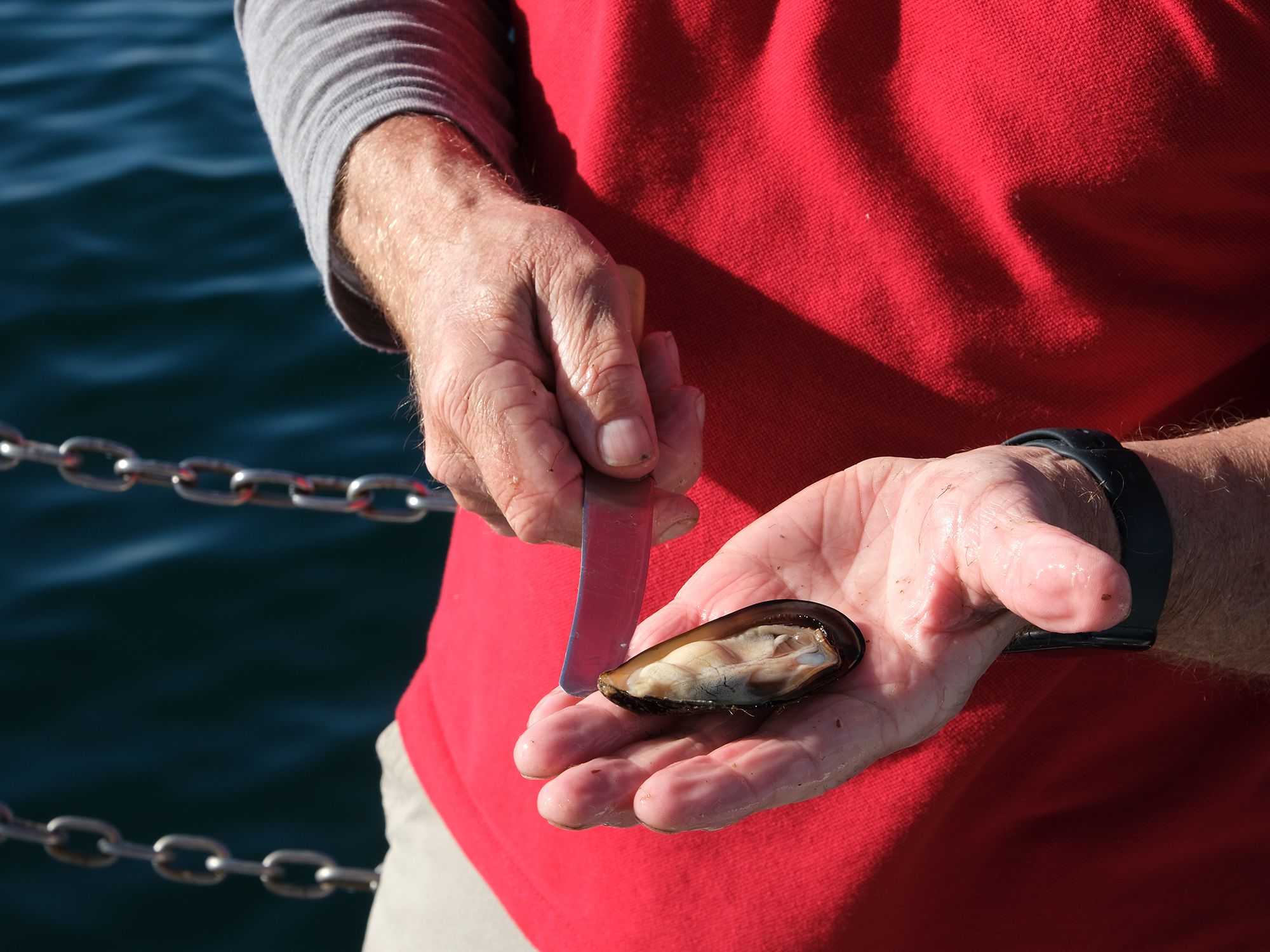
Over the years, Wiffen has noticed that what keeps most chefs coming back to him is the consistency he is able to maintain, given that the mussels are grown in three different regions of the bay—a drop in quality in one part of the bay can be quickly made up for by the harvest in another. It also helps that the practice is self-sustaining. “It’s sustainable, it’s environmentally friendly,” he shares, “Mussels filter sea water while feeding, which is great for the environment, and that has really secured my future.”
Right there on the boat, we get to taste-test this for ourselves. First, we’re invited to try the mussels raw. Warning: This is not something one can do after they’ve been frozen for transportation, but fresh out the water, it’s a unique way to enjoy the mollusc’s subtle sweetness—so different from the brininess of oysters. For those too queasy to try, there’s traditional preparations like mussels Rockefeller and steamed mussels with locally sourced, crusty sourdough, plus some raw oysters and plump seared scallops, just for the variety. As we eat, Wiffen regales us with stories of the area, and the mussel farming industry. He explains how invasive species, most recently the Pacific starfish, can breed so fast that, “they can fill the whole bay, and devastate the shellfish at the bottom of the bay.” He also lightens the mood with a biology lesson on how the mussels in the bay are hermaphrodites. “Sometimes they’re half boy and half girl, but they still identify as a mussel,” he quips.
